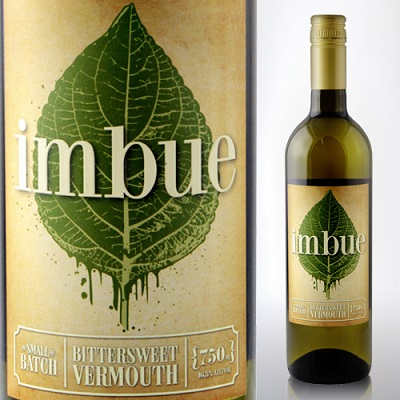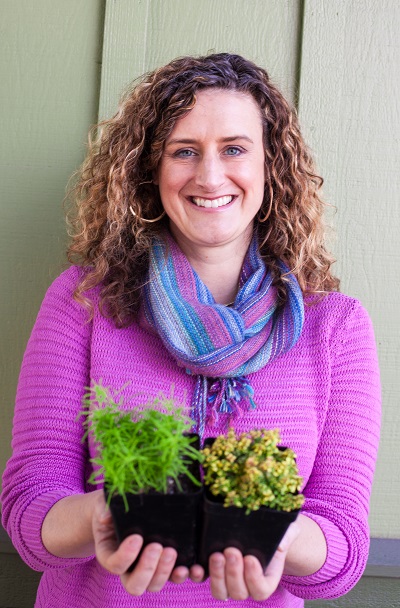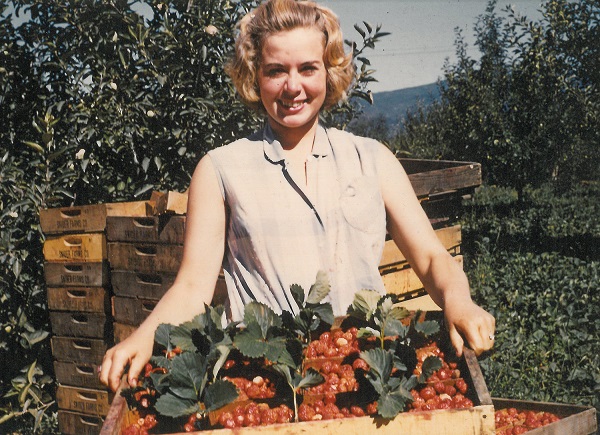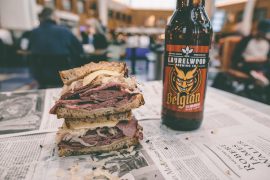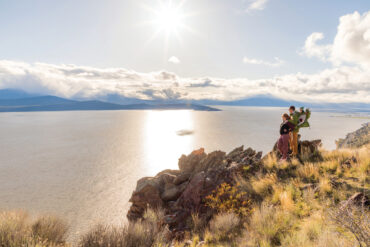photo by Talia Galvin
Landscape designer Shannon Lester, 39, has spent the past two decades creating landscapes around Oregon. She started in city planning and wetland restoration, and then spent eight years running a landscape design firm with her husband, Andrew, 41.
Though they continue to consult, the Lesters’ recent venture is Steel Life, a modern home and garden décor shop (shopsteellife.com).
Culinary herbs are a particular passion of Lester’s, and she recently started an herb-inspired cocktail-making series on her blog, Blooming Desert’s Daily Dirt. “I started my Garden to Glass series to inspire younger people to garden,” she says. “Urban gardening is becoming more popular, and I think many people want to grow their own food, but are intimidated or overwhelmed by it when they see homesteaders.”
Incorporating perennial herbs into a landscape is simple and beneficial. The landscape smells good and attracts bees and other beneficial insects. Deer typically won’t eat herbs, and herbs deter pesky insects such as aphids and spider mites. Annual herbs are best planted in containers, so you can start fresh each spring.
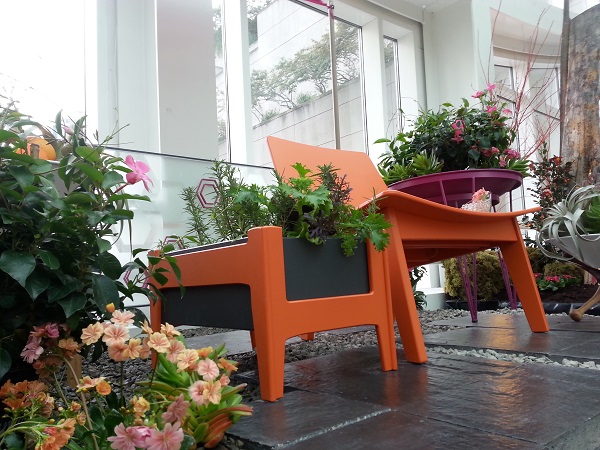
Plant most herbs in May, except in Eastern Oregon, which often experiences freezes until June. Lester, who lives in Powell Butte, says that when the last snow melts on Black Butte, it’s safe to plant. See her list of hardy varieties below.
Lester recommends heirloom or organic varieties whether you are planting seeds or starts. If you plan to use garden herbs for culinary endeavors, make sure your entire garden is chemical free, says Lester. You don’t want lawn chemicals making an uninvited appearance at your next cocktail party
Lester’s Herbed Cocktail Tips
- Cut and wash herbs right before use for best flavor.
- Simple syrups are great because they convey natural flavor and aroma of the infused herbs. Don’t chop herbs before infusing, just cut large sprigs so they will be easier to strain.
- Save extra liquid or plant material by freezing it. Examples: Place edible flowers with water in ice cube tray and freeze to use in cocktails (borage pictured below). If you are using lemon peel but not lemon, juice the lemon into trays to freeze and use for limoncello later.
- Prepare an appetizer that complements the cocktail. Example: Rosemary bread pairs with her Fresh Pear Rosemary Martini.
- Make a virgin version so it isn’t just a “mommy drink.” Kids love to be involved.
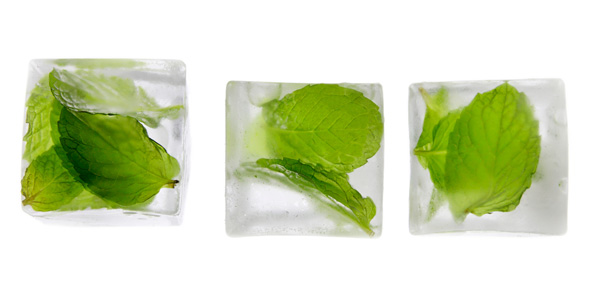
Annual Herb VarietiesStevia (A natural sweeter that |
Perennial Herb VarietiesAlcalde (cold-hardy) rosemary |
Edible FlowersBorage (Technically |
Oregon Herbs
in ready-made form
Willamette Valley-based Imbue has a bittersweet vermouth and a beauty that’s a beast called Petal & Thorn. Both are made with regionally sourced herbs and handfuls of botanicals.
imbuecellars.com
